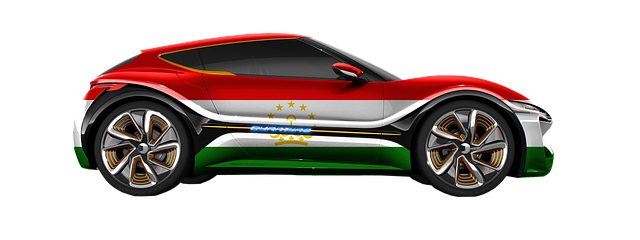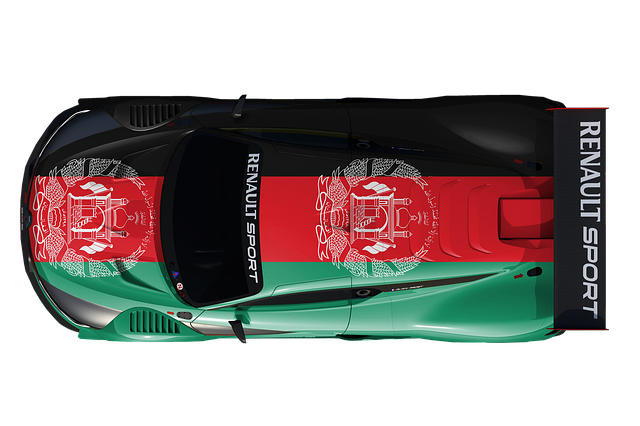How Do Car Brakes Work?
When you press the brake pedal, you’re actually sending a signal through the brake system. This signal isn’t a simple message, though—it’s hydraulic pressure. Picture it like squeezing a sponge that’s full of brake fluid. This fluid is pumped through the brake lines, creating pressure that’s used to engage the brakes.
Here’s where it gets interesting: your car uses something called brake calipers, which are like the pinchers of a crab. When the brake fluid applies pressure, these calipers squeeze the brake pads against the rotors, which are the spinning discs attached to your wheels. Think of the rotors as a spinning pizza, and the brake pads as the hands that press down on it. When these pads grip the rotors, friction is created. And that’s the magic trick—friction slows down the spinning rotor and, ultimately, your wheels.
But wait, there’s more to it. Modern cars come with advanced systems like anti-lock braking (ABS) that prevent the wheels from locking up and skidding. ABS uses sensors to monitor wheel speed and adjust brake pressure, ensuring you maintain control even in slippery conditions. It’s like having an extra pair of eyes on the road, keeping you safe.
So, the next time you hit the brakes, remember there’s a sophisticated ballet of pressure, friction, and technology happening behind the scenes. It’s a brilliant blend of mechanics and fluid dynamics that keeps you cruising safely on the road.
Unveiling the Science: How Car Brakes Really Work
Let’s start with the basics: car brakes work on the principle of friction. Imagine trying to stop a skateboard by dragging your foot on the ground. That’s friction at work, and it’s essentially how your car’s brakes function. When you press the brake pedal, it activates the brake system, creating friction that slows the wheels.
Modern cars usually use disc brakes, which are a bit like high-tech versions of that skateboard analogy. When you press the brake pedal, brake fluid travels through the brake lines to the calipers. The calipers are like strong, precise fingers that squeeze the brake pads against the spinning disc (or rotor). The friction between the brake pads and the disc slows the car down.
Drum brakes, which are older but still in use, work a little differently. Instead of discs, they use a drum that spins with the wheel. When you press the brake pedal, brake shoes inside the drum push outward and press against the drum’s inner surface. This contact creates friction and slows the car down.
Think of your car’s braking system like a well-coordinated dance. The brake pedal initiates the move, brake fluid makes sure the dance partners get the right signals, and the calipers or shoes execute the final performance. Each component must work perfectly together, or the whole system can falter. That’s why regular maintenance is crucial. Just like a dancer needs to practice to perfect their moves, your car’s brakes need routine checks to ensure they’re performing at their best.
From Pedal to Pavement: The Mechanics Behind Car Brakes
When you press the brake pedal, you’re actually activating a hydraulic system. The pedal pushes a piston in the master cylinder, which forces brake fluid through a network of tubes to the brakes at each wheel. This fluid is crucial; it’s incompressible and efficiently transfers the force from your foot to the brakes themselves.
Now, here’s where it gets really interesting: each wheel has its own set of brake pads and discs (or drums, in some older cars). When the brake fluid reaches these components, it pushes the brake pads against the spinning discs. This friction slows down the wheels, converting the car’s kinetic energy into heat. Imagine the brake pads as the car’s grip on a skateboard—squeezing the wheels to bring everything to a standstill.
But the magic doesn’t end there. The design of the brake system ensures that the braking force is evenly distributed, preventing skidding and maintaining control. Modern cars even come with advanced features like anti-lock braking systems (ABS), which prevent the wheels from locking up and help you steer safely even during hard braking.
In essence, your car’s braking system is a marvel of modern engineering. It’s a dance of hydraulic pressure and friction, all working together to ensure your ride is as smooth and safe as possible.
The Hidden Power: Inside the World of Car Brake Systems
First up, let’s talk about brake pads. These are the unsung heroes, pressing against the brake rotors to create the friction needed to slow down. Think of them as the frictional force that grips the wheel like a handbrake on a skateboard, keeping your ride smooth and controlled. And those rotors? They’re the durable surfaces that face the brunt of the pressure, absorbing heat and ensuring your car stops efficiently.
But wait, there’s more. The brake calipers play a crucial role too. They’re like the muscle, gripping those pads and pushing them into the rotors. When you brake, hydraulic fluid travels through the brake lines, creating the force needed to clamp down on the rotors. It’s like a well-choreographed dance where every part must work in harmony to bring your car to a halt.
Ever thought about the brake lines? They’re the veins of your brake system, carrying that vital hydraulic fluid. Any tiny leak or crack here could be disastrous, so they need to be in tip-top shape. And don’t forget the brake booster – it’s like the secret weapon that amplifies your braking force, making it easier to stop without putting too much strain on your leg.

Braking It Down: A Deep Dive into How Your Car Stops
When you press the brake pedal, you’re initiating a chain reaction that starts with hydraulic fluid moving through brake lines. This fluid is the unsung hero of the braking process, carrying the force you apply to the brake pads. Think of it as a messenger delivering your command directly to the braking system.
Now, let’s visualize the brake pads as the ultimate grip artists. When the hydraulic pressure reaches them, they squeeze against the brake discs, which are like spinning wheels of a clock. This friction between the pads and discs converts your car’s kinetic energy into heat. Imagine the brake discs as a powerful frictional force that grabs the motion and slows it down, just like sandpaper rubbing against wood.
But wait, there’s more! The anti-lock braking system (ABS) steps in to prevent your wheels from locking up and skidding. It’s like having a smart assistant who knows when to adjust the braking pressure, keeping you safe and in control even in slippery conditions.
So, the next time you press your brakes, think of it as a beautifully orchestrated dance between hydraulic fluid, brake pads, and discs—all working in harmony to bring your ride to a smooth stop. It’s engineering at its finest, transforming your driving experience into a masterclass of precision and control.
How Do Car Brakes Function? A Detailed Guide to Automotive Stopping Power
When you step on the brake pedal, it activates a master cylinder filled with brake fluid. This fluid travels through a network of tubes to each wheel’s brake system. Think of brake fluid as the messenger delivering your command to each brake. At each wheel, the fluid pushes against brake pads or shoes, which then press against the brake rotors or drums. This friction is what slows down your car.
Now, let’s delve into the mechanics. Disc brakes use a rotor—a metal disc attached to the wheel—and calipers that squeeze the brake pads against it. The friction created between the pads and the rotor slows the wheel’s rotation. Drum brakes, on the other hand, use brake shoes that press against the inner surface of a drum to generate stopping power.

In essence, your car’s braking system is a marvel of engineering. It translates your simple action of pressing a pedal into the ultimate control mechanism for stopping power. The next time you brake, you’ll appreciate the intricate dance happening beneath your feet.
